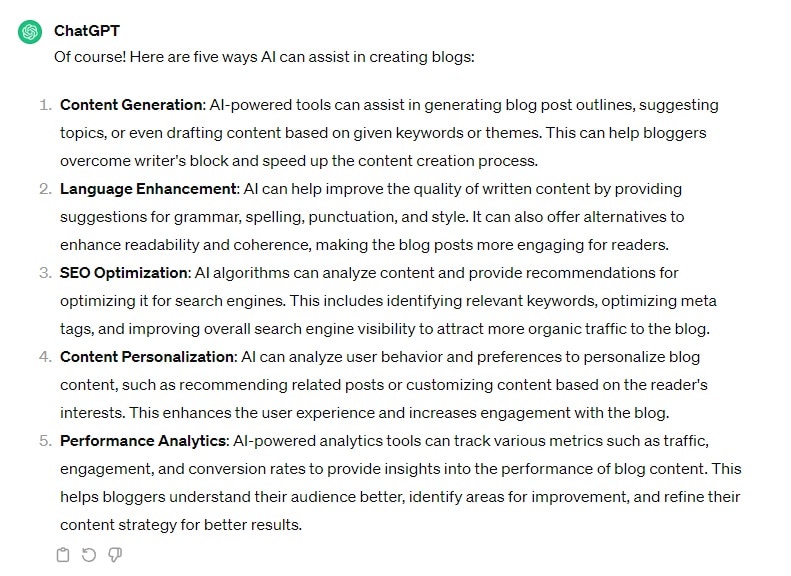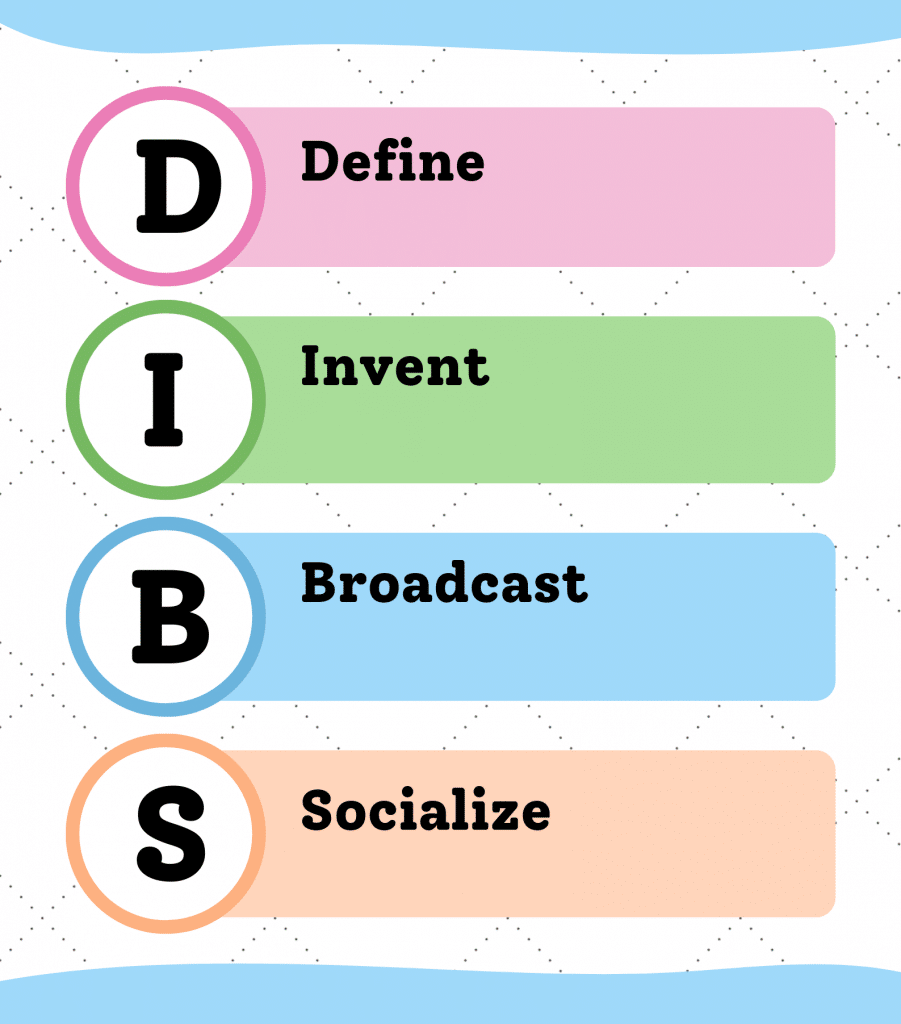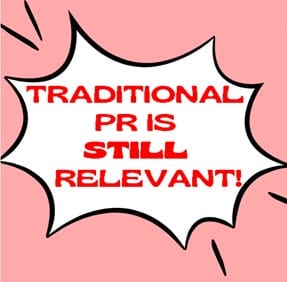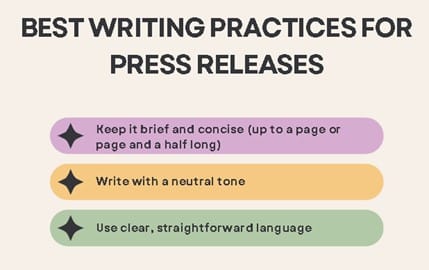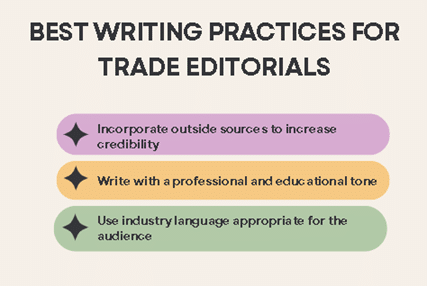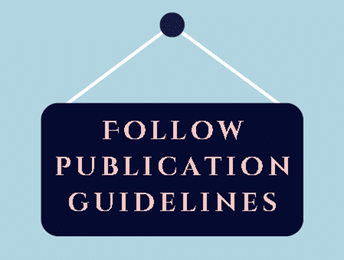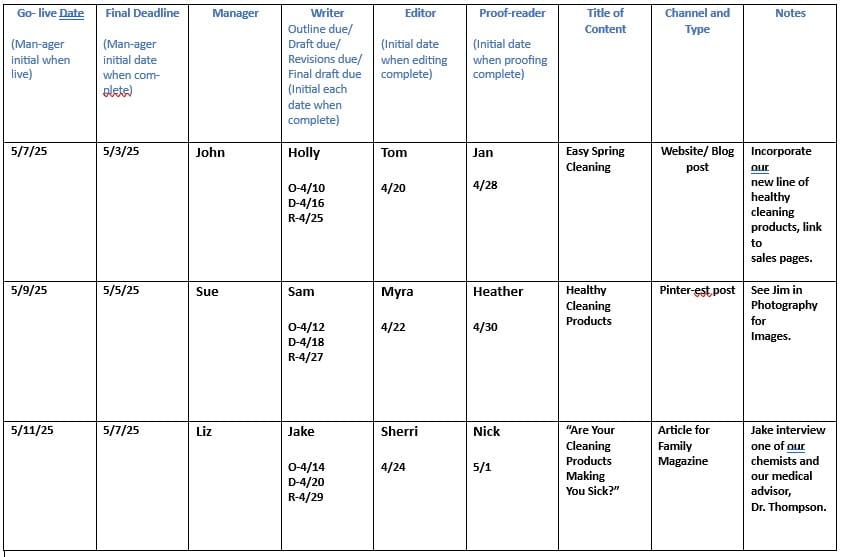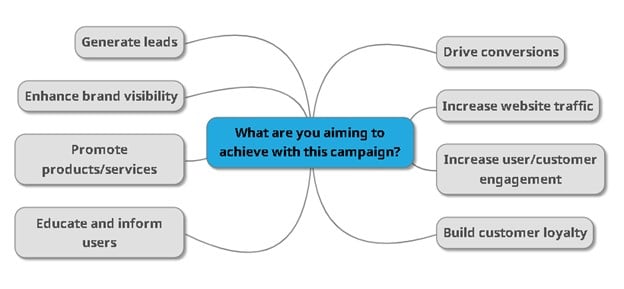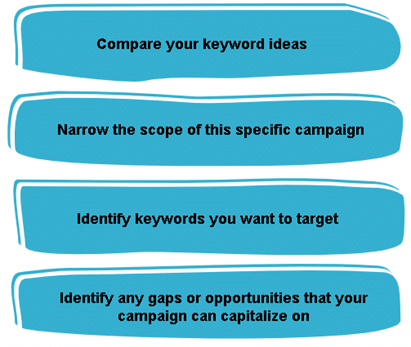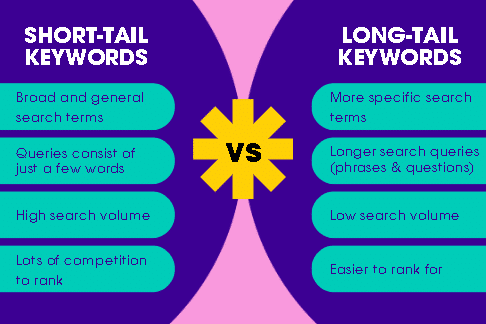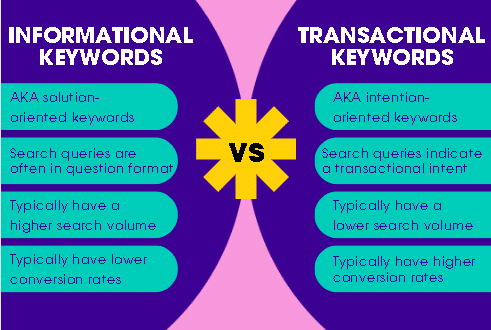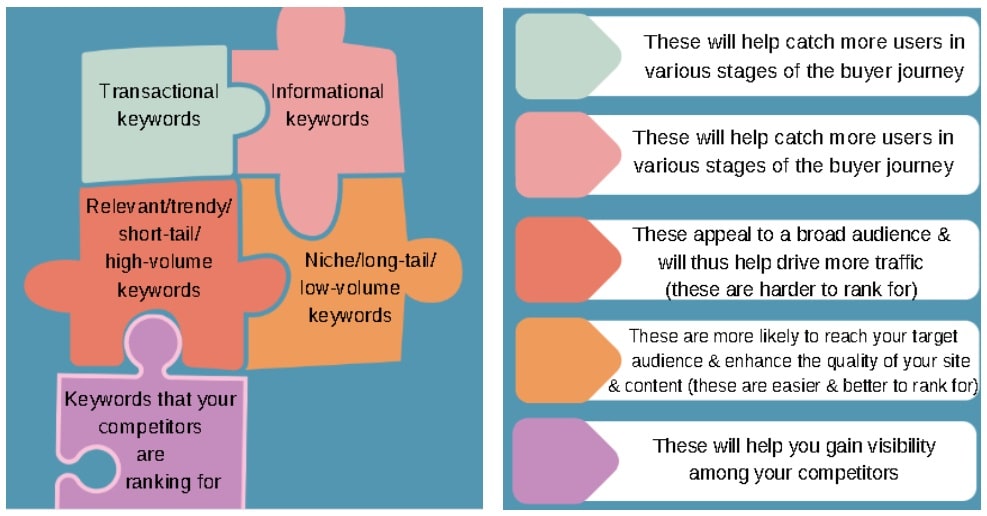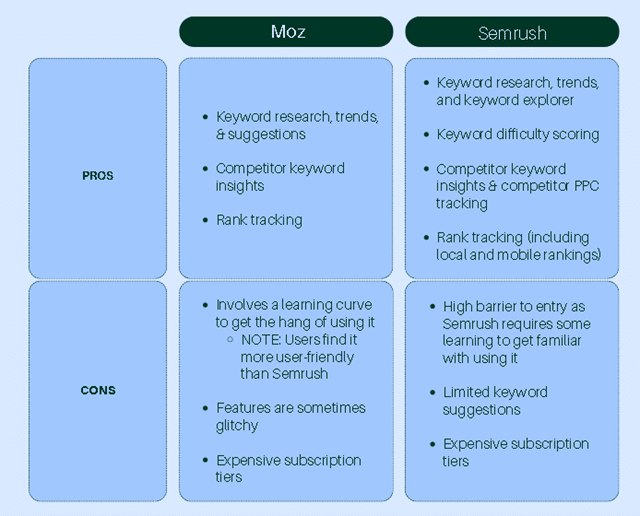Nowadays, brands fight hard to establish themselves amid a sea of competitors, jockeying for position to catch limited consumer attention spans. In this climate, companies must find the best way to stand out from the crowd with their target audience.
That’s why every solid content strategy plan needs to consider every possible digital space its target audience may occupy, looking far beyond its main website.
Many of those digital spaces are offsite web properties. It’s well worth taking a closer look at them, the opportunities they offer, how to find them, and how to handle each one.
What Are Offsite Web Properties?
Offsite web properties, also known as external web properties or third-party web properties, refer to digital assets and platforms that are not directly owned or controlled by an individual or organization but are used to represent or promote their brand, products, or services online.
These properties are essential channels for enhancing online presence, reaching wider audiences, and improving search engine visibility. They are integral to a comprehensive online content marketing strategy.
Here’s a look at the principal types of offsite web properties brands use as pieces of their planned content strategies:
- Social Media Platforms. Social media platforms such as Facebook, Twitter, Instagram, LinkedIn, YouTube, and Pinterest are among the most prominent offsite web properties. These platforms let individuals and businesses create profiles, share content, interact with users, and build communities. Social media content is a powerful tool for promoting a brand, engaging customers, and driving website traffic.
- Review Sites and Directories. Websites like Yelp, TripAdvisor, Google My Business, Angie’s List, and Yellow Pages are sites where users can find and leave reviews about businesses, products, and services. Being listed on these platforms can influence reputation, credibility, and local search rankings.
- Blogs and Online Publications. Contributing guest posts or articles to relevant blogs and online industry publications can increase brand visibility, establish thought leadership, and drive referral traffic to a website. Websites like Medium, Forbes, Huffington Post, and industry-specific blogs are examples of these offsite web properties.
- Forums and Communities. Participating in online forums, discussion boards, and community niche websites can help build brand awareness, establish expertise, and engage with potential customers. Platforms like Reddit, Quora, Stack Exchange, and niche-specific forums are valuable for community engagement.
- Press Release and News Distribution Sites. Distributing press releases and company news through platforms like PR Newswire, Business Wire, PRWeb, and Marketwired can increase brand exposure, generate media coverage, and improve search engine visibility through backlinks from reputable sources.
- E-commerce Marketplaces. E-commerce marketplaces like Amazon, eBay, Etsy, and Alibaba serve as places companies can showcase and sell their products to a broader audience. Leveraging these platforms can expand reach and drive sales.
- Video and Image Sharing Platforms. Platforms such as YouTube, Vimeo, Flickr, and Instagram allow users to upload and share videos and images. Businesses can use these platforms to showcase products, provide tutorials, share behind-the-scenes content, and engage audiences through visual storytelling.
Smart brands develop content marketing strategies that focus on a mix of channels to reach their target audience. But casting too wide a net can be counterproductive.
Ensuring that their content strategy plans focus on channels that appeal to their target audience optimizes both content effectiveness and the use of resources.

Why Are Offsite Web Properties Important?
Offsite web properties are crucial to every good content strategy plan. They boost Search Engine Optimization (SEO) and solidify a brand’s online presence. Here are some of their key benefits:
- Increased Visibility and Reach. Offsite web properties allow individuals and businesses to extend their online presence beyond their own websites. By leveraging external platforms, they can reach broader audiences, increasing brand visibility and exposure to potential customers.
- Diversification of Traffic Sources. Relying solely on organic search traffic or direct traffic to a website can be risky. Offsite web properties expand traffic sources. For example, if a website’s search engine rankings drop, having a solid presence on social media or referral traffic from other websites can help maintain visitor levels.
- Improvement in Search Engine Optimization (SEO). Offsite web properties contribute to SEO efforts in multiple ways. Backlinks from reputable external sites signal to search engines that a website is trustworthy and authoritative, improving its search rankings. Mentions and citations of a brand or website across different platforms raise online visibility, which can positively impact placement in search results.
- Brand Building and Reputation Management. When a brand engages with customers on social media, responds to reviews on review sites, and contributes valuable content on external platforms, it helps shape public perception. Positive interactions and reviews can enhance brand reputation, while addressing negative feedback promptly can mitigate damage.
- Community Engagement and Relationship Building. Platforms like social media, forums, and community websites provide avenues to interact with customers and stakeholders. Engaging with an audience through these channels fosters relationships, builds trust, and encourages brand loyalty. It also gives valuable insights into customer preferences, concerns, and trends, all of which can inform product development and marketing decisions.
- Opportunities for Content Distribution and Promotion. Offsite web properties offer additional channels for distributing and promoting content. For example, guest posting on industry blogs or contributing articles to online publications allows businesses to showcase their expertise and reach a broader audience. Sharing content on social media platforms or video-sharing sites increases its visibility and potential for “going viral.”
- Local and Niche Targeting. Some offsite web properties, such as local directories or niche forums, allow businesses to target specific geographical areas or highly specific audiences. This approach can help companies operating in local markets or catering to niche interests to connect with highly relevant prospects.
Keep in mind that offsite web properties’ key benefits lie in expanding a brand’s reach as part of a broader content strategy plan. Some brands enlist the help of a content marketing service to help build relatable content that hits the mark with their consumers.
Optimizing the Benefits of Each Offsite Web Property
Savvy brands and specialized content marketing services know what it takes to optimize the benefits of offsite web properties. Here’s a look at specific content strategy tactics for each type of offsite web property:
Social Media Platforms
- Identify the platforms where the target audience is most active and focus efforts there.
- Develop a content calendar with a mix of content types (e.g., articles, images, videos) optimized for each platform.
- Engage with the audience by responding promptly to comments, messages, and mentions.
- Use hashtags strategically to increase discoverability and reach.
- Encourage user-generated content (UGC) by running contests, asking questions, or featuring customer stories.
- Analyze engagement metrics and adjust the content strategy plan based on what resonates most with an audience.
Review Sites and Directories
- Claim and optimize business profiles on relevant review sites and directories.
- Encourage satisfied customers to leave positive reviews and respond to negative reviews constructively and promptly.
- Provide accurate and up-to-date information about the brand or business, including hours, location, and contact details.
- Use multimedia elements such as photos and videos to enhance listings and showcase offerings.
- Monitor and track reviews regularly to promptly address issues and maintain a positive reputation.
Blogs and Online Publications
- Identify high-authority blogs and online publications in the industry and contribute valuable, well-researched content.
- Tailor the content strategy plan to each publication’s audience and editorial guidelines.
- Include relevant backlinks to the main website or other owned content where appropriate.
- Engage with readers through comments and social media shares to further amplify reach.
- Monitor performance metrics such as views, shares, and comments to gauge the effectiveness of content contributions.
Forums and Communities
- Join relevant forums and communities where the target audience congregates.
- Participate in discussions by providing helpful answers, sharing insights, and asking questions.
- Avoid overtly promotional content and focus on providing genuine value to the community.
- Establish the brand as a trusted authority by consistently contributing valuable insights and expertise.
- Include links to relevant resources or blog posts on the website when appropriate but prioritize adding value to the discussion over self-promotion.
Press Release and News Distributions Sites
- Craft newsworthy press releases with compelling headlines and concise, informative content.
- Distribute press releases through reputable distribution services to reach a wide audience of journalists, bloggers, and news outlets.
- Include multimedia elements such as images or videos to enhance the appeal of press releases.
- Follow up with journalists and media outlets to pitch story ideas or offer additional information.
- Monitor coverage and track metrics such as media mentions and website traffic to measure the impact of press releases.
E-commerce Marketplaces
- Optimize product listings with high-quality images, detailed descriptions, and relevant keywords.
- Encourage customer reviews and feedback to build trust and credibility with potential buyers.
- Offer promotions or discounts exclusive to each marketplace to incentivize purchases.
- Monitor competitor activity and pricing to stay competitive within the marketplace.
- Leverage advertising and promotional tools the marketplace offers to increase visibility and sales.
Video and Image Sharing Platforms
- Create visually appealing and engaging content tailored to the preferences of each platform’s audience.
- Optimize videos and images for search by using relevant keywords and tags.
- Include calls-to-action (CTAs) and links to the website or other relevant content in video descriptions and image captions.
- Engage with an audience by responding to comments, questions, and feedback.
- Analyze performance metrics such as views, likes, shares, and comments to refine the content strategy plan over time.
A reputable content marketing service can help brands create solid content strategy plans to get the most out of each offsite web property. Professionals skilled at planning relatable content to engage target audiences are just an email or phone call away.
A Final Consideration
Brands simply can’t afford to overlook offsite web properties as integral components of a robust content strategy plan. With fierce competition vying for consumer attention within every market niche, leveraging external platforms is essential for brands to establish and maintain relevance and visibility.

Offsite web properties offer exciting opportunities for brands to extend their reach, engage with audiences, and drive traffic back to their own platforms.
These external platforms help brands amplify their message, showcase their expertise, and cultivate meaningful relationships with customers.
As search engines increasingly favor authoritative and diverse online presences, offsite web properties play a crucial role in enhancing a brand’s SEO efforts.
Backlinks from reputable external sites, mentions across various platforms, and active participation in online discussions all contribute to visibility and credibility in the eyes of both consumers and search algorithms.
In a landscape where differentiation and engagement are pivotal, shrewd brands embrace offsite web properties as powerful tools. By wielding these tools with skill, they carve out a place in the market and stay ahead of the competition.





